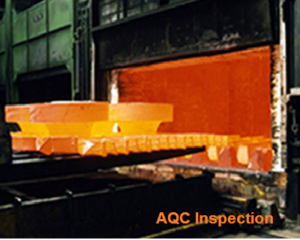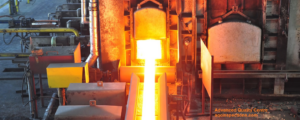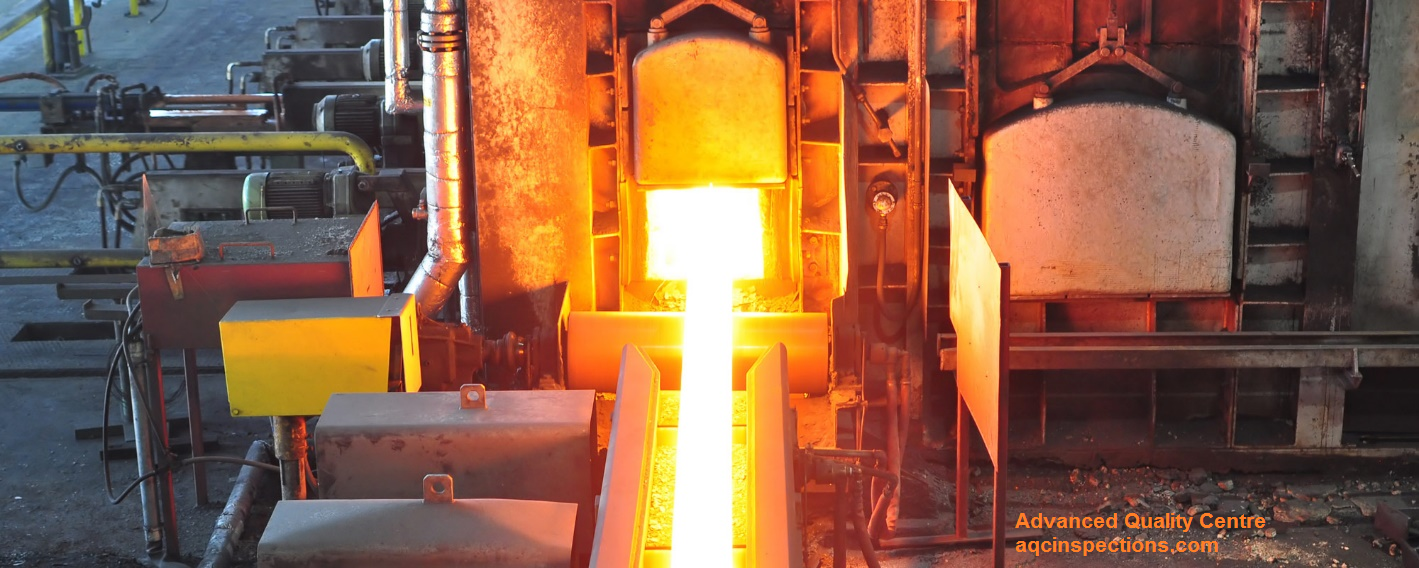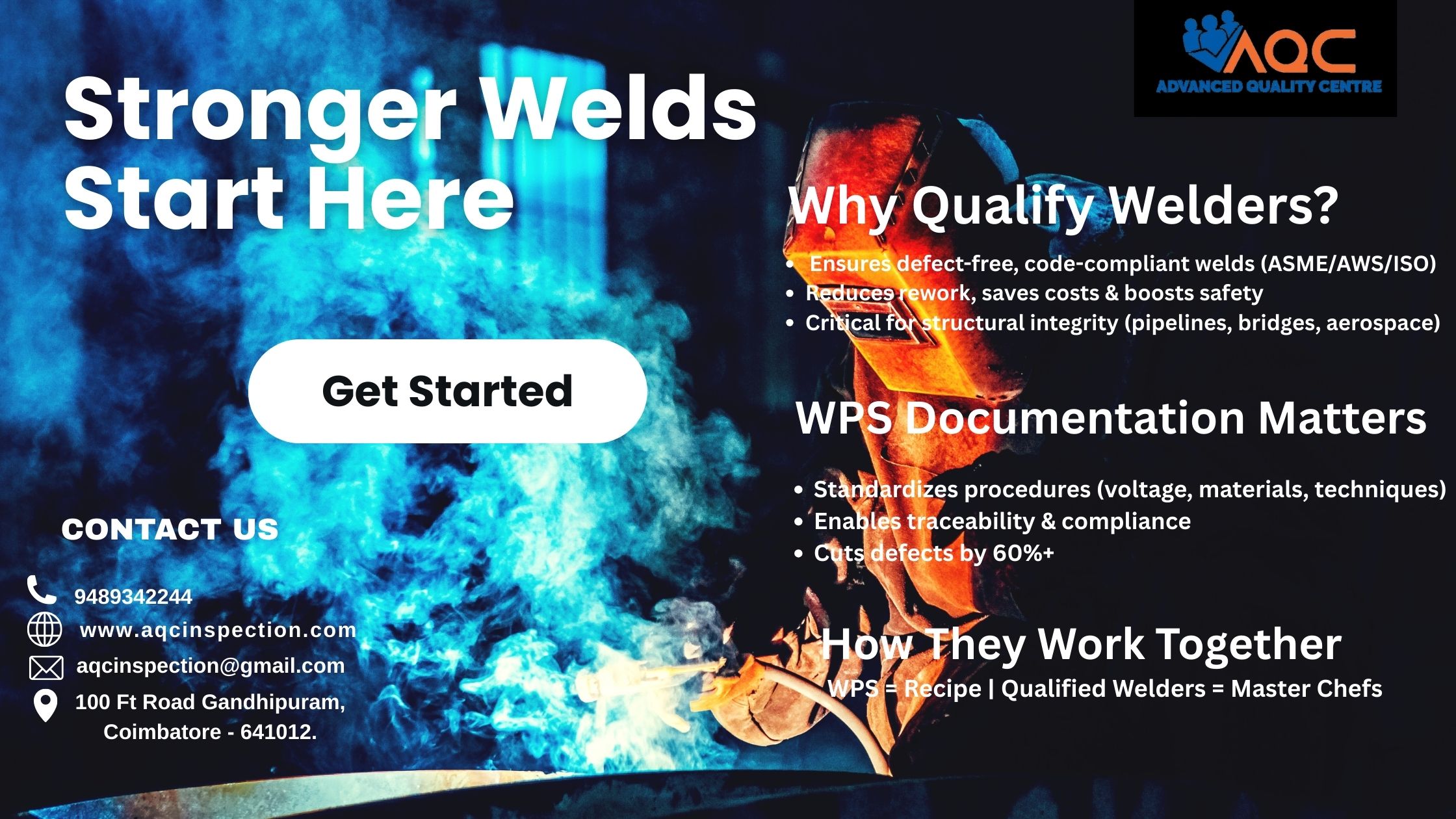What is an Alloy?
Since metals are insoluble in water, alcohol; they are mixed with other metals in molten state which upon cooling solidifies to a solid mixture called an Alloy.
This solid state mixture is also referred as a homogeneous liquid mixture.
Alloys are formed by mixing a metal with metal or a metal with a non metal.
From the above explanation it is clear that an alloy contains atleast one metal.

What are the properties of an alloy?
- Alloys are harder, less malleable.
- They possess low melting points, low electrical conductivity.
- They resist corrosion and actions of acids.
What is the purpose of alloying metals?
- To increase the hardness of the metal
- To lower the melting points of metals.
- To resist the corrosion of the metal.
- To modify the chemical activity of the metal.
- To modify the colour of the metal.
- To get good casting of metal.
Effects or Functions of Alloying Elements:
Addition of small amount of certain metals imparts some special properties like hardness, tensile strength, corrosion resistance, etc. Such products are known as special steels or alloy steels.
Some important alloying elements and their properties are listed below.
| S.NO | Element | Effect on properties | Uses of alloys |
| 1 | Nickel | a) Fine grains are produced.
b) Co-efficient of expansion decreases and corrosion resistance increases. |
For making balance wheels. |
| 2 | Chromium | a) Tensile strength, depth hardening and resistance to corrosion are increased. | For making surgical instruments, cutlery, connecting rods, etc. |
| 3 | Manganese | a) Hot shortness is removed.
b) Resistance to abrasion is increased. |
For making grinding wheels, steering spindles and rails. |
| 4 | Vanadium | a) Reversible stresses are produced.
b) Tensile strength and resistance to abrasion are increased. |
For making axless, crank pins, heavy locomotive forgings, piston rods, etc. |
| 5 | Molybdenum | a) Cutting hardness at high temperature is increased, because phases are stabilized. | For making high speed rocks. |
Heat Treatment of Alloys (Steel)
Heat treatment is defined as “the process of heating and cooling of solid steel article under carefully controlled conditions”.
During heat treatment certain physical properties are altered without changes in chemical composition.

Purpose of Heat treatment:
- Improvement in magnetic and electrical properties.
- Refinement of grain structure.
- Removal of imprisoned trapped gases.
- Removal of internal stresses.
- Improves fatigue and corrosion resistance.
Types of Heat Treatment of Alloys (Steel)
Annealing:
It is done by heating the metal to high temperature followed by slow cooling in a furnace. Annealing is also known as softening.
Purpose of annealing:
- It increases the machinability.
- It also removes imprisoned gases.
Types of annealing:
Annealing can be done in two ways
- Low temperature annealing or process annealing
- High temperature annealing or full annealing
Low temperature annealing or process annealing:
It involves in heating steel to a temperature below lower critical temperature followed by slow cooling.
High temperature annealing or full annealing:
It involves in heating steel to a temperature about 30 to 50⁰C above the higher critical temperature and holding it at that temperature for sufficient time to allow the internal changes to take place and then cooled to room temperature.
Hardening or Quenching:
It is the process of heating steel beyond the critical temperature and then suddenly cooling it either in oil or brine-water or some other fluid. Hardening increases the hardness of steel.
The faster the rate of cooling harder will be the steel produced.
Purpose of Hardening:
- Increases the resistance to wear, ability to cut other metals and strength.
- Increase in abrasion resistance, so that it can used for cutting tools.
Tempering
It is the process of heating the already hardened steel to a temperature lower than its own hardening temperature and then cooling it slowly.
Purpose of Tempering:
- It removes any stress and strain that might have developed during quenching.
- It reduces the brittleness and some hardness, ductility and toughness are simultaneously increased.
- Cutting-tools like blades, cutters, tool-bites always require tempering.
Normalising:
It is the process of heating steel to a definite temperature (above its higher critical temperature) and allowing it to cool gradually in air.
Purpose of Hardening:
- It refines grains.
- It removes internal stresses.
- It increases the toughness.
- Normalised steel is suitable for the use in engineering work.
Carburizing:
A mild steel article is taken in a cast iron box containing small pieces of charcoal (carbon material).
It is then heated to about 900 to 950⁰C and kept for sufficient time, so that the carbon is absorbed to the required depth. The article is then allowed to cool slowly within the iron box itself.
The outer skin of the article is converted into high carbon steel containing about 0.8-1.2% carbon.
Purpose of Carburizing:
- To produce hard-wearing surface on steel article.
Nitriding:
Similar to carburizing, nitriding is the process of heat treatment of alloys in presence of ammonia at a temperature of about 550⁰C. The nitrogen (obtained by the dissociation of ammonia) combines with the surface of the alloy to form hard nitride.
Purpose of Nitriding:
To get super-hard surface
For more information and trainings for NDT, courses on NDT, welding courses we have our training institute open to all, visit us at https://aqcinspection.com/training/. For Non destructive testing services and material testing , welding inspection services , visit https://aqcinspection.com/non-destructive-testing/
Also know more about other NDT methods in our blog sites.https://advancedqualitycentre.blogspot.com . https://ndtcenter.blogspot.com our website https://aqcinspection.com/news-events/ for many more blogs




